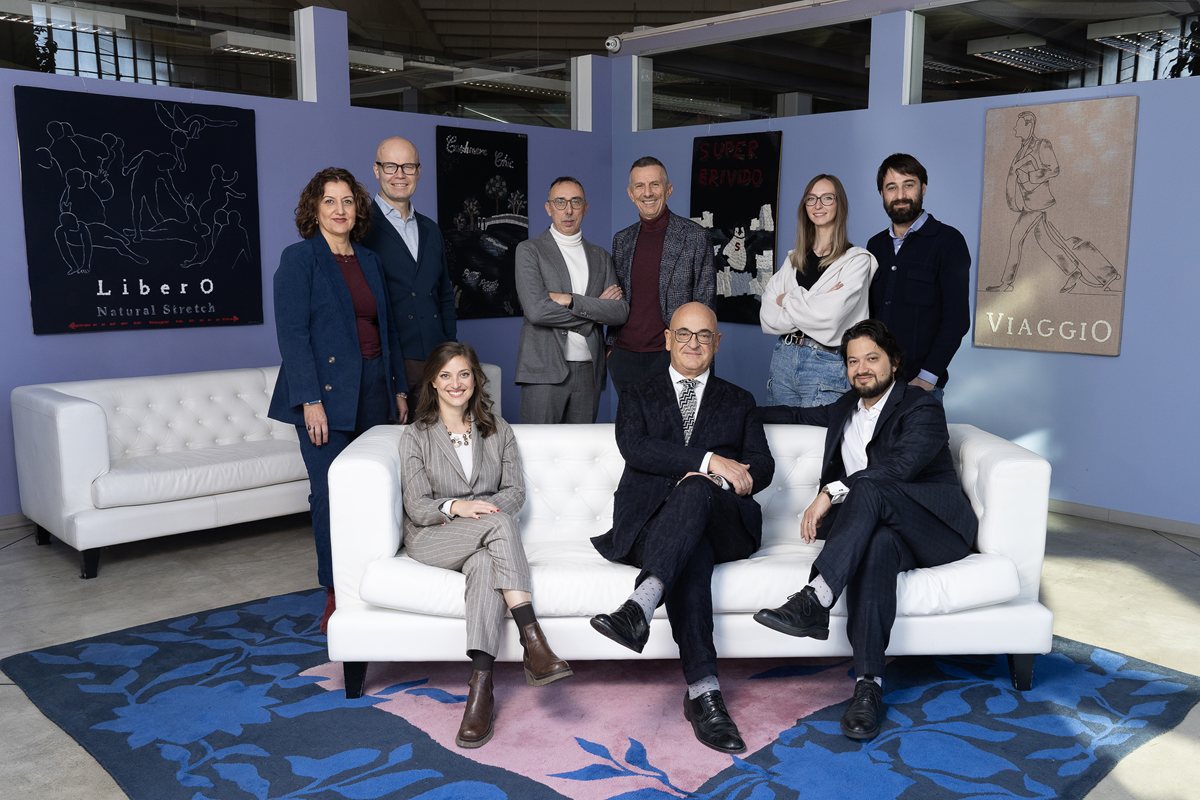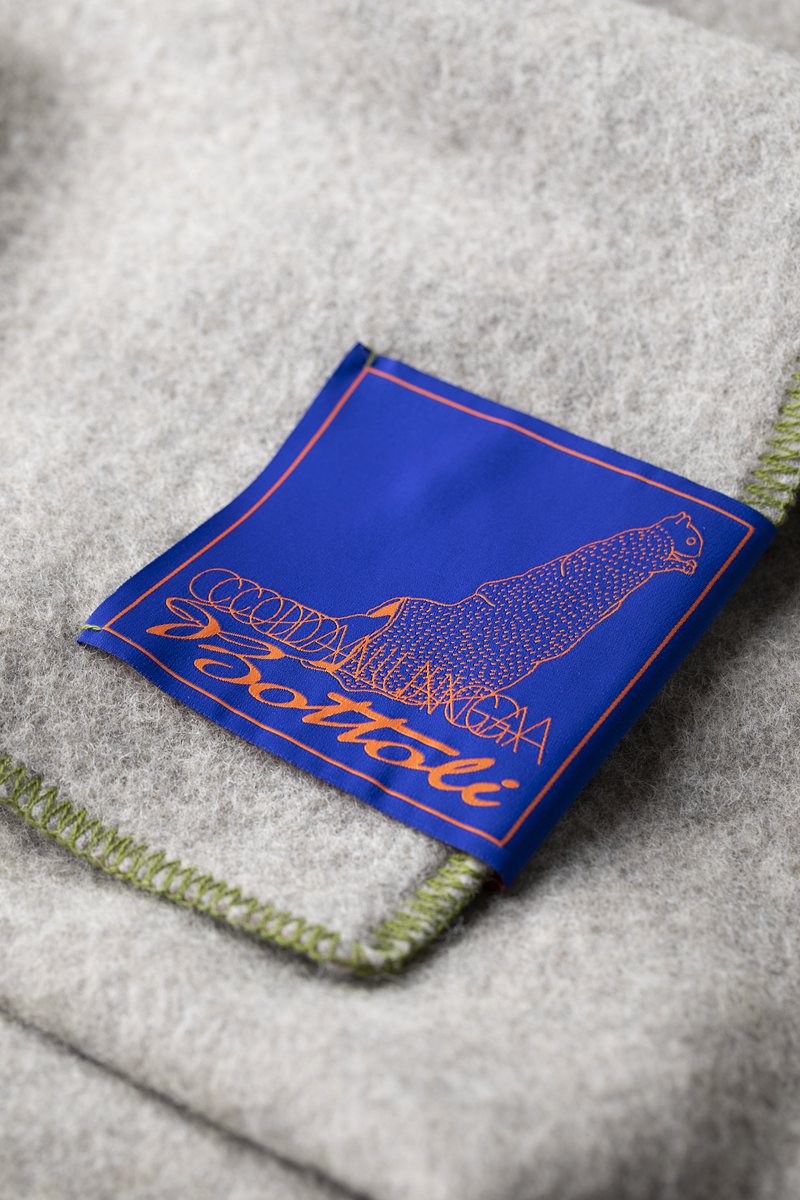Nova Fides. Sustainability
starts with an idea.
The colours of Nature for the Tuscan company

Starting with an idea. If sustainability is a paradigm shift the contemporary textile industry needs to make, then new roadmaps have to be found. And that doesn’t mean simply acting sustainably by reacting to the situation; sustainability needs to be embedded in every project from the outset. In its constant search for excellence in the textile sector, Superzoom recently visited one of the most interesting businesses in the Prato area.
For Nova Fides (meaning ‘new trust’ in Latin), a textile business is a compelling and constantly developing mission.
Why do we say that their brand of sustainability is embedded in the project and the process? After seeing their key product, Lana Moretta, we understood that the company had been through an interesting change of mindset and overturned conventional design standards
Lana Moretta wool is not white and because of its dark colour it would until recently be rejected or used exclusively with its natural colour. What was for years considered as a defect is now – at a time when we have to be more careful with resources – a unique quality and a mark of distinction.
You will never find another Lana Moretta coat exactly like yours because every part of this wool comes from an animal that stands out from the flock. But there is more. Since the fibre is not dyed, much less water and energy is used and carbon dioxide emissions are much lower. Lana Moretta leads us to the UNDYED line of fabrics made with “non-dyed” fibres.
The UNDYED line uses natural fibres that have their own intrinsic colour. By carefully selecting the raw materials for its blends, Nova Fides gives the yarn – and therefore the fabric – a pleasant, soft feel that does away with the need for further finishing operations.
With this line, the company saves on chemicals, dyes, water and energy and cuts CO2 emissions. Aside from using a fibre that would otherwise go to waste, the UNDYED line gives a unique colour to the garment and succeeds in reconciling sustainability with the concept of exclusivity so dear to fashion. But what if a fabric needed an all-new colour? That’s where the NTRL line comes in.
NTRL is the name of the collection dyed with natural substances: bark, leaves, petals and herbs are the only ingredients allowed. Fabrics are dyed by infusion – an ancient, non-aggressive technique. All without chemicals.
The company also has close links to its territory. The Prato area has been recycling wool for decades and can now call itself a beacon of the circular economy. All this experience has led to the 100% RECYCLED line, a family of items made only from recycled material: a mix of wool and polyester, both scrupulously regenerated. Using the regenerated wool – known in Prato as “lana meccanica” or mechanical wool – the company can guarantee an additional environmental advantage to its clients. The fabrics are not dyed; instead they are made from a blend of already-dyed woollen fibres.
In addition to its research and development of innovative and low-impact products, Nova Fides also keeps a very close eye on its communications.
Well aware that the other big key word of our time is ‘choice’, the company focuses closely on its aesthetic and on total transparency. The brands that purchase Nova Fides sustainable fabric commit to placing a talking label (provided by the company) on their garments, which gives information on the entire creative process (with a QR code).
An operation with three positive sides. For clothing brands, it’s a way of communicating their supply chain and avoiding greenwashing. Those buying a garment learn more about what they are wearing and thus play a conscious role in revolutionising consumption.
For Nova Fides, it’s a way of positioning itself on the market and communicating clearly and immediately with everyone, remembering that a sustainable choice is a long-lasting choice.
The company, which publishes a Sustainability Report and has all the relevant major certifications, is also committed to being more immediate and concrete in the sustainable action it takes. The company builds the choice into its plans and processes, and immediately states that the fabric has ‘cost’ the environment 80 fewer showers or 10,000 fewer mobile phone charges.
Theirs is a forward-thinking vision. While sustainable products currently make up about half of its production, the company, founded in 1967 and now a supplier to many high-end, heritage and smart luxury brands, particularly in English-speaking countries, aims to make all of its production sustainable in the coming years.








